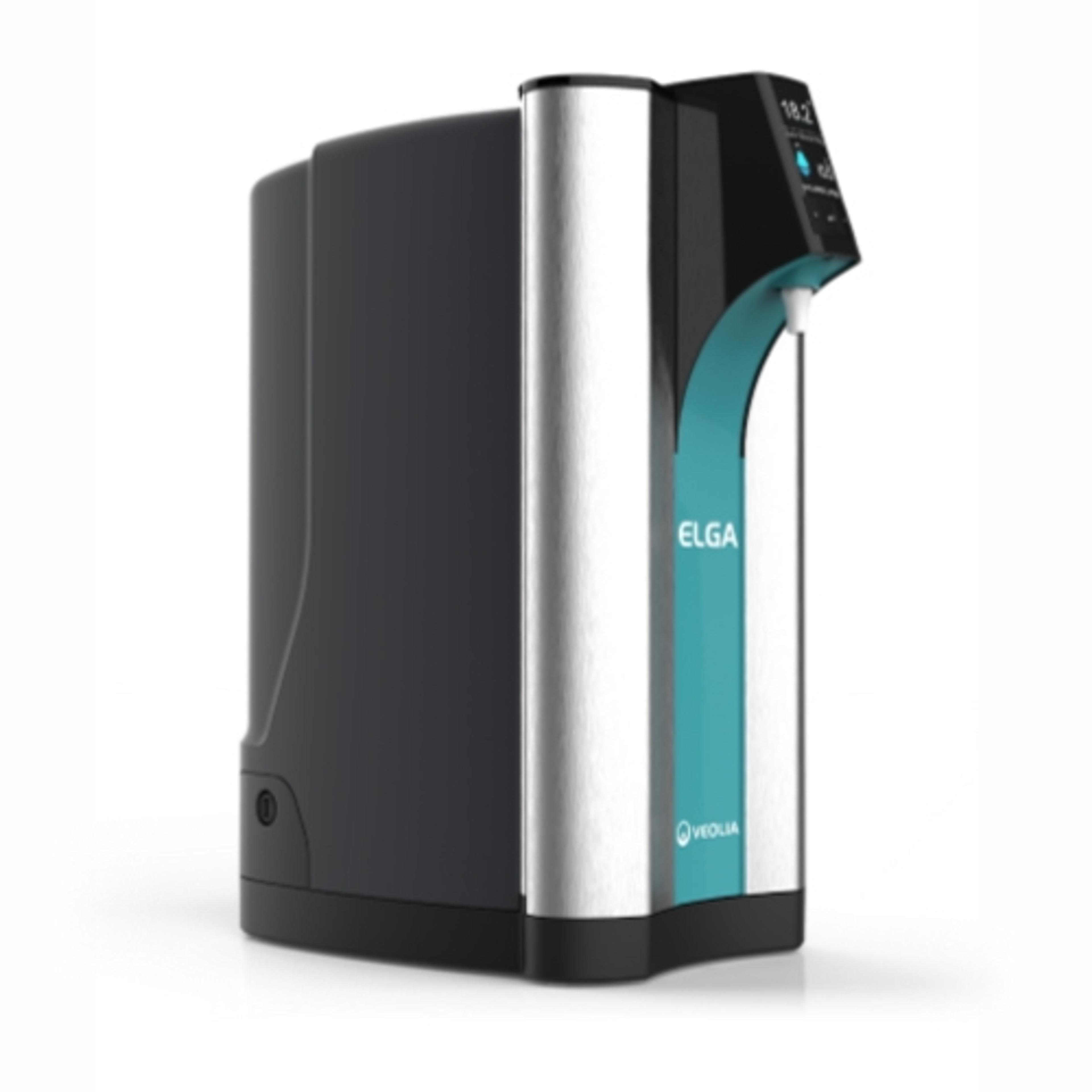How the new 3-in-1 PURELAB Quest water purification system could help your lab streamline experiments
Plus, top tips to maintain water quality for your experiments
27 Apr 2020

The unique design of ELGA LabWater’s PURELAB Quest makes it an ideal solution for labs working across a number of applications. Capable of dispensing Type 1, Type 2 and Type 3 water directly from the tap, it suits requirements ranging from sensitive applications such as HPLC and molecular biology to media preparation and simple glassware washing. In this SelectScience® interview, we speak to Mope Alo, global product manager for ELGA LabWater’s PURELAB range, to find out how this new system is set to transform the way laboratories access water.
Tell us about the new PURELAB Quest. What are the standout features that make this a must-have product for the lab?
PURELAB Quest is an advanced yet affordable water purification system. It was designed to help meet the needs of labs around the world, in academia, within the governmental sector, and industry. The key features are split into four areas.
Adaptability
The system is set up to provide suitable water quality that is adaptable to scientists’ needs. Quest is designed to dispense three types of water directly from tap - if a scientist requires water for sensitive applications such as HPLC or molecular biology, if they require water for media preparation or if they need water for less sensitive applications like glassware washing, Quest provides a solution. Having a system that delivers all three types of water is the number one feature of the product.
Value
The PURELAB Quest has been designed to offer laboratories a highly competitive cost of ownership. Its compact design saves highly valuable lab space. It has been designed to reduce environmental impact through the use of reclaimed materials — an acknowledgment that ‘value’ extends beyond the financial. Its data capture and remote monitoring options using AQUAVISTA™, Veolia’s cloud-based digital solution, will also save valuable time.
Reliability
We have over 80 years' experience solely dedicated to water purification systems, making ELGA LabWater an expert in this area. We've developed a solution that is reliable; we have multiple quality sensors, so users are always aware of the water purity at any one time; we have alerts and alarms within the systems; and the system has been extensively robotically tested through over 150,000 dispensing cycles.
Simplicity
Our customers have told us that they place great value on laboratory systems which are easy and effortless to use. The PURELAB Quest has a highly intuitive navigation menu, a fast flow rate and user feedback has highlighted how very easy it is to use.

How did you go about developing the PURELAB Quest?
The development of Quest was driven by feedback we've had from our customers, partners and in-lab research within prestige laboratories round the world. Our partners, that sell our lab water equipment, were being asked for a solution that helped budget-constrained customers in the governmental, academia, and industrial sectors. It’s really exciting supporting laboratory professionals by making their lives easier. As you would expect, customer feedback is essential to ELGA and is built into the design and testing of all new ELGA systems. We did extensive customer beta testing in the US, UK, Germany, Japan and China before the Quest was launched and feedback from these users for the past three months in terms of the water quality, reliability, and ease of use has been phenomenal.
What are the main benefits of the new PURELAB Quest for users?
The PURELAB Quest is unique. To our knowledge, it is the only unit in this market that currently dispenses all three types of lab water. Many laboratories are operating under severe budget and space constraints – having to repeat tests due to contamination places significant pressure on research grants, schedules and researcher morale. The combination of three types of water with multiple purity sensors is designed to make researchers’ lives easier. A single system that does more will mean budgets go further. In addition, its compact size means it fits in the limited space within the lab and its simple-to-use design means less time spent on training staff – freeing up time to really focus on getting experimental results
How do you see the PURELAB Quest impacting the scientific industry?
It's a new addition and it offers a different way of thinking for scientists within academia, governmental, and industrial sectors. Rivals offer systems that deliver only one or two types of water. Having a system that gives you the ability to dispense water for all applications means scientists can start to think differently: How much Ultrapure water do I need every day? Does the system need to be in the lab, or could I save space by having it elsewhere? Could we share the system and save grant funding? The Quest is a great solution, one system that does the work of many. Combined with proven reliability and water quality, great user experience and a competitive price, we feel the PURELAB Quest will help researchers make progress globally.
Tips for ensuring lab water quality
By Mope Alo, ELGA LabWater
Understand what qualities you need your water to have
Find out what your application requires. If you need water with low carbon organics, go for a system that offers that. There are a number of products out there, including ours, that offer total organic carbon (TOC) measurement in real time. While you might not know the name of the water type you need, as long as you know which contaminants might impact your work – whether it’s inorganic, organics, ions – you can ask the manufacturer to provide a suitable solution.
Water is a reagent to be handled carefully
Because water is a key lab reagent, it needs to be handled carefully. As soon as the water leaves the system it starts to degrade very quickly – it might be 18.2 when it leaves a system, but by the time you go a few meters away from the system, it will be less. So how you handle it is crucial. Use the water you require as soon as possible in a container that you know doesn't leach out other contaminants. Storing it in plastic containers is not advisable. Ideally, set up your lab so that the water system is a limited distance from the workspace — it minimizes contamination and makes the workflow easier.

